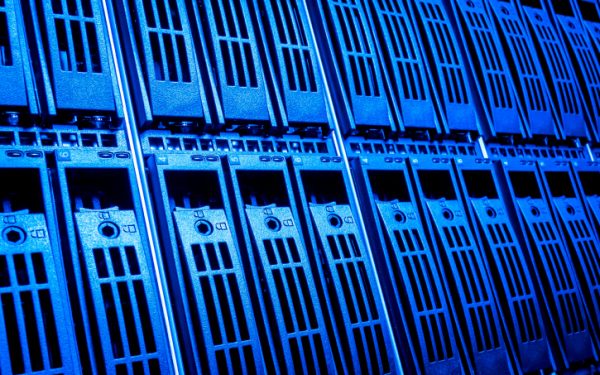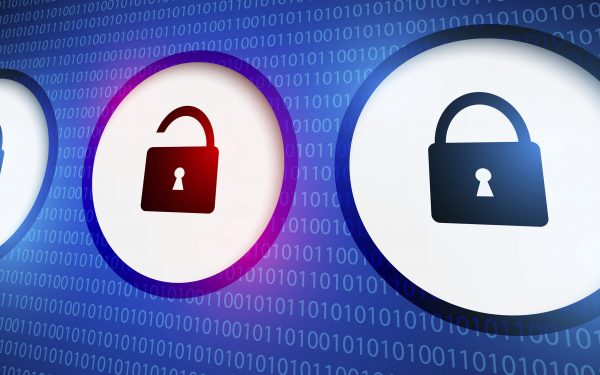In recent interviews about World IPv6 Launch I’ve been asked by several different people whether or not I think there needs to be some kind of a “Flag Day” on which the world all together switches from Internet Protocol version 4 (IPv4) to the version 6 (IPv6).
I don’t think a flag day is needed. World IPv6 Launch is just the right thing.
It’s worth looking at some previous flag-type days to get a better sense of why.
A classic example of a flag day converting entirely from one system to another is Högertrafikomläggningen or “H Day,” September 3, 1967, when Sweden switched all road traffic from the left side to the right. After decades of debate and four years of planning, the nation realigned both the roadways and the direction of vehicle headlights over a weekend to match its immediate neighbors.
Another example, in a communications context, is the transition from the Network Control Program (NCP) to the Transmission Control Protocol/Internet Protocol (TCP/IP) stack, outlined in IETF RFC 801. After several years of coexistence of the two protocol stacks, on Jan. 1, 1983, system administrators across the very modest network that would eventually become today’s internet switched off NCP. Only TCP/IP was supported from that time on, and it is still the core Internet protocol stack nearly 30 years later.
What’s common to both H Day and the NCP/TCP transition is that the community affected was relatively small and under common oversight. Sweden as a nation, and a collection of a few hundred network nodes, could reasonably be orchestrated to make the change on one day. H Day was the more extreme version because there was no coexistence of “protocols” prior to the transition, only planning and preparation. The flag day (or weekend) was the transition. The NCP/TCP transition, on the other hand, much like the IPv4/IPv6 transition now, accommodated a long period of coexistence. Its flag day marked the end of the transition period.
The main differences between these two examples and IPv4/IPv6 are thus the two-fold complexities of size and scope. The internet now connects billions of devices, and they communicate via networks operated in hundreds of nations and by thousands of organizations. A one-day switch off just isn’t feasible.
A closer counterpart to the complex IPv4/IPv6 transition is the ongoing digital television transition, where analog broadcasting – over airwaves, cable and satellite – is replaced by digital. The transition is proceeding gradually, nation by nation, and within some nations, region by region. In the United States, for instance, full-power analog broadcasting was switched off on June 12, 2009, after more than 10 years of coexistence. Low-power broadcasting, however, can continue until 2015. The closest global “flag day” if there is one is June 17, 2015, where nations are permitted by convention to broadcast in digital without obligation to avoid interference with remaining analog signals in neighboring nations. However, some nations may not complete their transition until well into the following decade.
Although the digital TV transition is closer to IPv4/IPv6 because of its similar size and scope, there are still two important differences.
First, “interference” isn’t as much a concern. The internet – unlike Swedish highways and the airwaves – can carry both old and new protocols over the same physical communications “channel,” whether wired or wireless; packets in the different protocols just occupy different time slices. The airwaves can’t simultaneously carry both analog and digital TV on the same frequency in the same place, and highways certainly can’t accommodate both left-side and right-side traffic at the same time (without the risk of a true “dual-stack”). As a result, organizations can start deploying IPv6 at their own pace, without “checking” if it might interfere with a neighbor’s communications.
Second, in the internet, one’s “neighbor” can be anywhere in the world. “Interference” of communications, if any, thus isn’t a “border issue,” it’s a global one. And, for reasons just stated, the real issue isn’t interference, but interoperability. Devices in different parts of the world that don’t speak the same version of IP can still communicate with one another thanks to the assistance of “translators” in the network between them. As part of the digital TV transition in the US, digital TV adapters were made available that enabled analog TVs to receive digital TV broadcasts. “IPv6 adapters” can likewise be attached to IPv4-only devices by various technical means – but importantly, they don’t need to be plugged in to the device itself, they can be at various different places in the network.
The bottom line is that the world can and must manage with both IPv4 and IPv6 for a while.
A certain kind of flag day can still makes sense, however. As Bill Jackson recently wrote, individual organizations – including the U.S. Veterans Affairs Department – are making their own plans to switch off IPv4 on a particular date. Such a transition could be done in stages: first, no more purchases of IPv4-only systems, then no communications over IPv4 internally, and finally, no more communications over IPv4 externally. From a management perspective, the less complexity, the better, and it a very reasonable practice to minimize the transition period as much as possible.
To be able to get beyond IPv4, however, there needs to be enough IPv6 availability internally and externally to sustain an organization’s business beyond the transition. And for that purpose, rather than a “switch off” day, we need a “switch on” one.
A year ago, World IPv6 Day had the lights of IPv6 flickering across the world as more than 1,000 websites demonstrated IPv6 support on the same today. This month, websites, ISPs and product vendors will switch on IPv6 permanently. It’s a major step forward for the internet, and another illustration of how the internet community works. The switch over may not occur on a single day, but it will occur over time, with each stakeholder doing its part. There will be challenges, but as Jon Postel wrote in RFC 801, the internet community makes the difference: “But with your help, these problems can be solved and we can move into an environment with significantly broader communication services.”
How did you celebrate World IPv6 Launch today?




